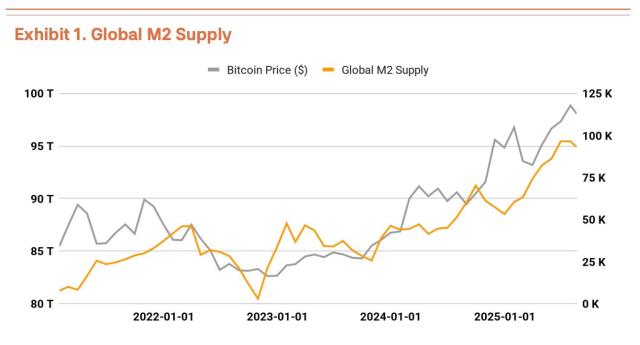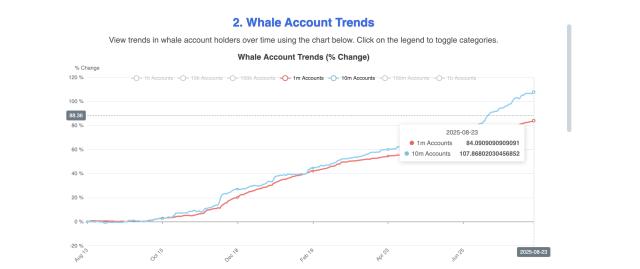According to crypto KOL AB Kuai.Dong's statistics, Puffer launched Alpha seven months after token issuance. Based on on-chain data, the project mapped approximately 3.16% of tokens to the BNB Chain, with 1.24% directly allocated to the Alpha user airdrop pool, and also injected nearly 500,000 USDC liquidity into PancakeSwap. Comprehensive estimates suggest that Puffer's total cost for this Alpha airdrop is close to $3 million.
As AB said, "The cost is not small, but the benefits are obvious," directly obtaining Binance CEX trading channels through the Alpha feature entrance, and completing liquidity preheating and market awareness padding before listing on futures or the main site.
A similar path can be seen in the ZK track's star project Polyhedra, whose token ZKJ entered Alpha without being listed on Binance's main site, becoming the first top 100 market cap token included in this mechanism. To support token price, the project launched up to 150% staking rewards and point competitions, attracting users to generate trading behaviors and accumulate wallet activity. Strategically, the project may want to leverage Alpha's internal indicators to accumulate influence and ultimately drive Binance's listing decision.

ZKJ has consistently topped the Alpha trading volume chart; source: Panda Jackson(@pandajackson42)
This on-chain behavior - point rewards - platform inclusion reconstructs the game structure between Binance and project parties: previously, "market cap + community" determined listing eligibility, now "on-chain data + Alpha performance" leads the listing pace.
New projects' strategies are even more aggressive. After Stakestone launched on Binance Alpha in mid-April, it adopted an extremely proactive market approach, first distributing 5% of tokens through wallet IDO, then covering Alpha users with a 1.5% airdrop, and additionally releasing nearly 4% incentives to community veteran users, totaling over a tenth of the supply.
Simultaneously, the project directly invested part of its fundraising into the secondary market to guide token price stability during initial public circulation. These operations ultimately secured Binance's main site listing channel. As industry insiders familiar with the process say: "After Binance's listing standards changed, projects no longer need to tell stories, but instead need to show data and control."
Retail Investor Psychology
Compared to project parties' precise calculations and meticulous layouts, retail investors' roles appear complex and ambiguous.
In traditional new token allocation logic, retail investors could leverage information sensitivity and fund agility to obtain primary market arbitrage opportunities. However, under Alpha's point system, retail investors' profit paths become institutionalized and transparent, while also becoming highly competitive. Alpha activates not token price growth imagination, but the "points - airdrop - listing springboard" on-chain conversion mechanism.
For some users, this mechanism indeed reconstructs the concept of fairness. Long-term small and medium wallet users, if maintaining activity, can still obtain returns far exceeding costs even with limited funds. Since Alpha launched its point system, statistics show that if an ordinary user participates in each Alpha airdrop and wallet new token activity, they could earn nearly 1,700 USDC in returns.








